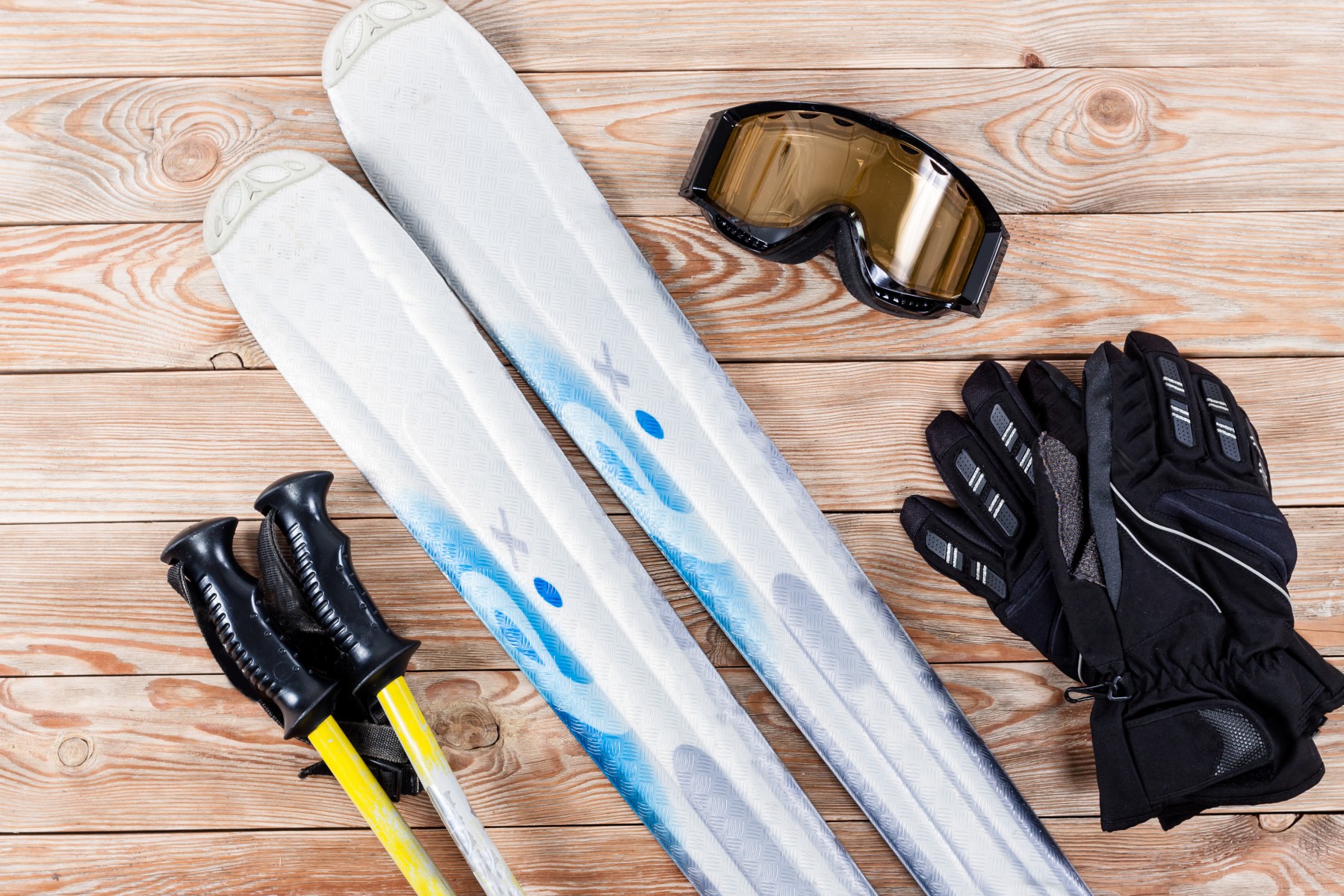Don't forget these vital things for your first snowsports vacation

Your first snowsports vacation is a very exciting thing—chances are, you’ve never had a trip like it. But that uniqueness can also make your holiday preparation a little trickier than usual.
What should you bring? How should you prepare? Is there such a thing as too much fondue? Let’s see if we can clear things up. Here’s what you need to think about before taking that snowsports vacation.
Style on the slopes
There are two kinds of gear you might need—stuff for warmth, and stuff for protection. If you’re a beginner, you might want to go a little heavier on the former and lighter on the latter. You won’t be going fast enough to hurt yourself too badly—or, at least, you shouldn’t be!—and the slower you go, the colder you’ll get.
Also, both in case you decide to rent or buy the skiing equipment, remember to check all the equipment is set appropriately for your height, weight and skiing ability.
Stay protected
That said, the one bit of protective gear everyone should wear is a helmet. Just one blow to the head, even down a beginner's slope, could be disastrous—no matter how good you are. Most people also want goggles to protect their eyes from the cold wind and wet particles, not to mention the bright sun. Speaking of which, you’ll also want sunscreen as the combination of sun and snow can cook your skin pretty quickly.
Other options include wrist, knee and butt guards, all of which are worth considering if there’s any chance of falling.
Keeping toasty
For warmth, think layers. If you’re starting slowly, you want layers that trap warmth yet wick sweat. Try polyester blends for the base on both legs and upper body and something fleecy as a torso mid-layer. If you’re a bit more advanced and think you’ll be exerting yourself too much to get cold, a regular top and sweatpants will do the trick for the bottom layers.
The job of the outer layer is to add insulation and keep out moisture. Look for jackets, trousers and gloves designed for snowsports, which will protect you from wind and moisture while being flexible enough to move in. And, don’t forget, you’ll be wearing mid- and base-layers. So be sure that whatever you buy will be large enough to accommodate them.
All of that said, if this is your first time hitting the slopes, you should probably buy as little as possible. All that gear can be pretty pricey and if after your trip you decide snowsports aren’t for you after all, you won't be happy about having spent all that money. Instead, borrow or hire as much as you can until you’re sure you’ve found your new hobby.
Pre-trip prep
Snowsports are a little riskier than your standard vacation activity. When shopping for travel insurance, be sure to buy a policy that’ll actually cover you—some won’t cover snowsports as standard!
For example, Europ Assistance Italy offers an insurance product called Outdoor Noproblem, with coverage during outdoor sport activities, such as skiing, also for damages caused to other people. This policy offers you coverage in case of skiing injury by organizing your trip back home and home visits by a physiotherapist. It also reimburses expenses for renting skiing equipment, pass, skiing classes etc. in case of injury.
Making the most of your holiday starts long before you leave. First, make sure you’re fit—snowsports are much more strenuous than they look, and you’ll discover muscles you never knew you had. Check out this fitness regime specifically designed for snowsports. And start early so you can build up your fitness before you go and avoid getting worn out after the first day.
When it comes to learning how to ski or snowboard, it’s usually not a good idea to get friends or family to teach you. Chances are they’ll get impatient and try to encourage you to do too much, too soon—hearing the words “You’ll be fine!” at the top of a mountain should never reassure you unless they’re coming from a pro. So, book professional tuition before you fly to make sure you’re in good hands.
Of course, you could do all your learning out on the real slopes. But then, it would be pretty annoying if you have to fly home just as you’re getting the hang of it. So, to really make the most of your time away, consider getting a head start by taking some lessons on an artificial slope back home. That way, you’ll already have the basics under your belt by the time you’re out on the real thing.
Finally, no—there’s no such thing as too much fondue!


